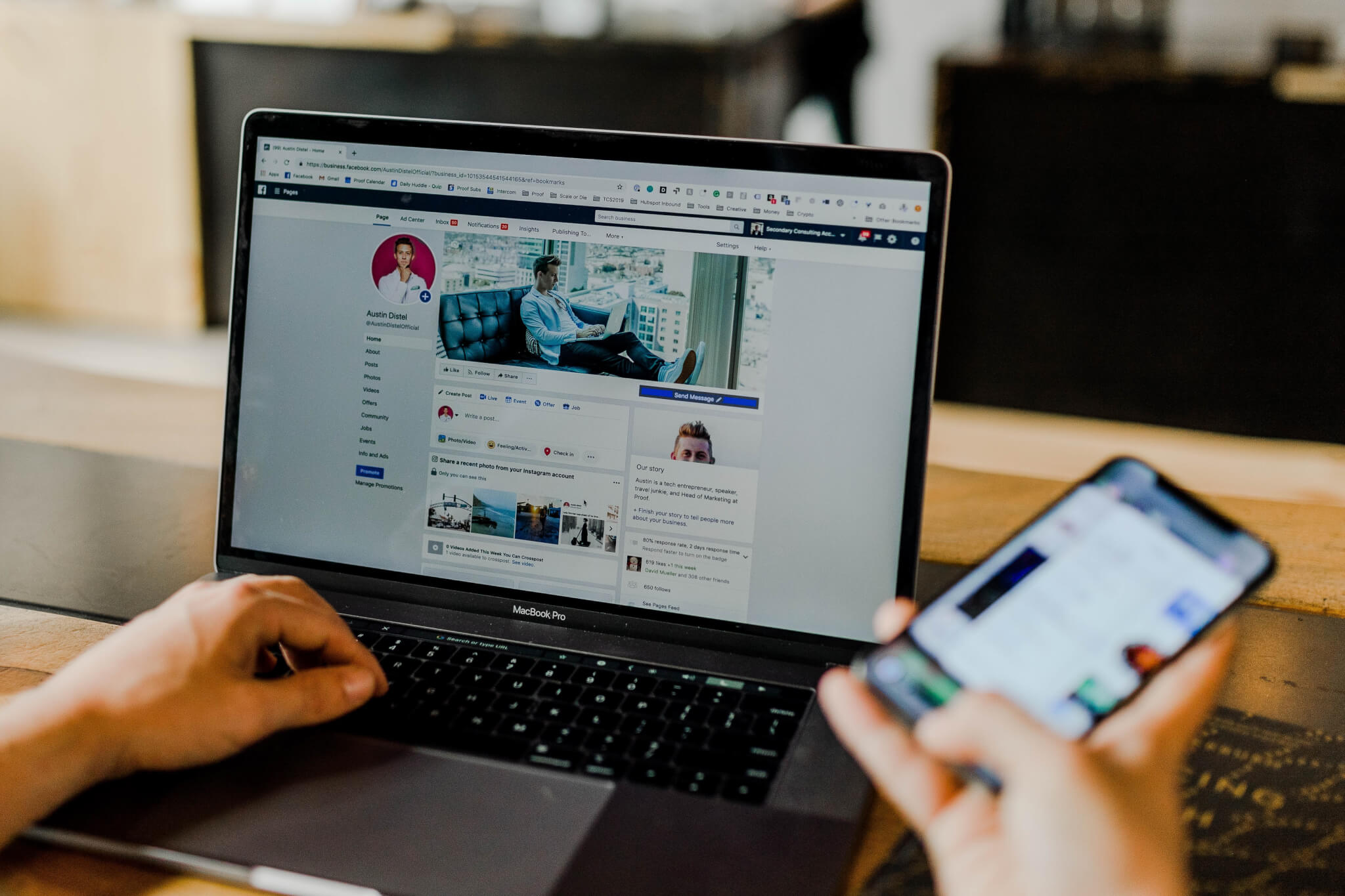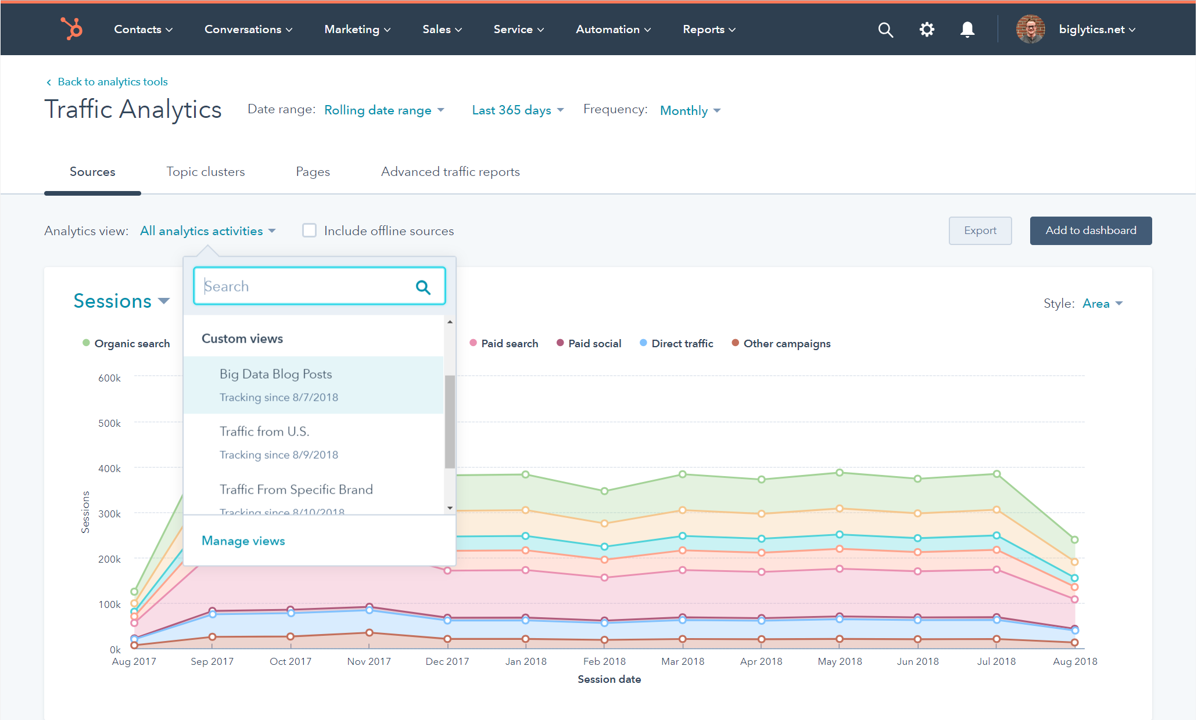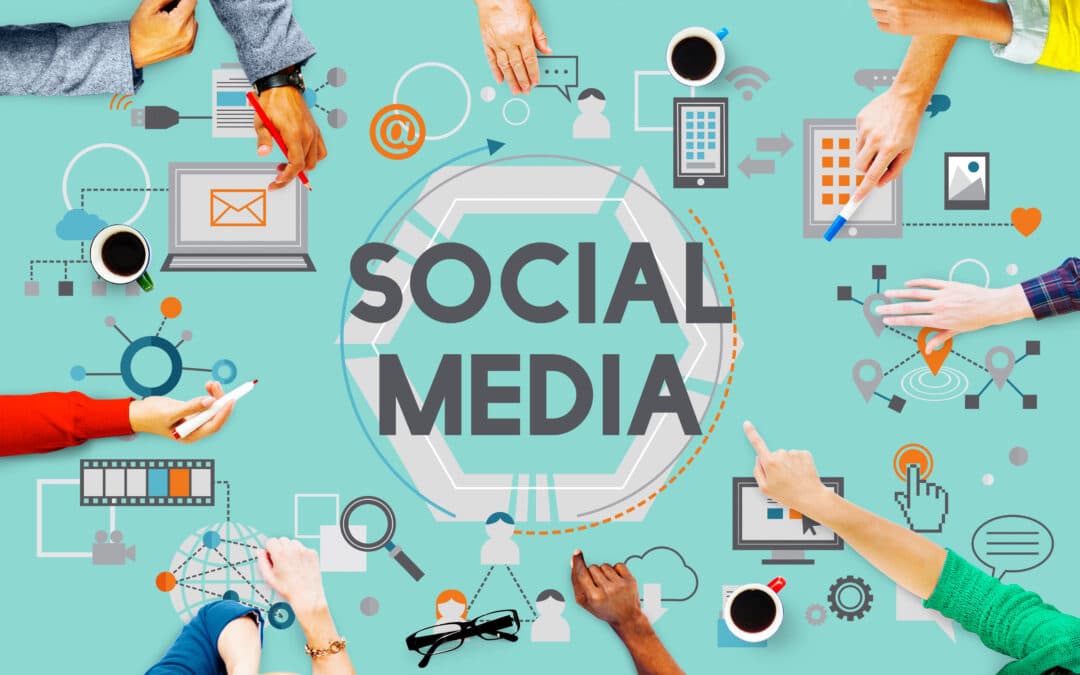
Social media is a powerful tool that healthcare professionals can use, but there are some things you should be aware of before you start using it. Social media can be a hazardous place for health information. Twitter and Facebook serve as dedicated hubs for news about the latest coronavirus strain. People can post false or misleading information. It is important that medical professionals fact-check these posts. You should also check the privacy settings for every account you use in order to make sure they aren't infringing anyone's data.
Social media in healthcare: challenges
Even though social media is becoming more popular in healthcare, not all stakeholders are ready to embrace the changes. Stakeholders in healthcare, including clinicians, academic centers, and ministries of health, often lack understanding of the dangers of posting health information on these platforms. Many people don't realize the dangers of sharing health information online.
Patients who use social networks for health reasons may choose to see a different doctor because of discussions with other patients. This can lead to shorter relationships between patients and physicians. Some patients are even seeking second opinions because of negative experiences with their current physician. Others may simply change doctors based on online discussions with other patients. While it isn’t known yet how widespread this phenomenon may be, there are already indications that it is a problem.
Impact of social media platforms on public health
Although social media adoption may seem small for some health departments it is becoming a significant part of community engagement. Healthy People 2020 states that one of the key goals of health departments is to increase access to information and services related to health. The SHD baseline study aimed to find out how social media is used by health departments, what tools they use the most, and how interactively.

While there are many concerns about social media's impact on public health, companies are taking steps to address them. Social media platforms often have community guidelines and Terms Of Use that regulate what content can be shared. They also have mechanisms in place to handle violators if they are aware. Some report violators directly to the police. These measures are not sufficient to address the public health promotion challenges in this environment.
Health benefits of social media
This communication method is beneficial to patients who use social media to discuss health issues. Patients and healthcare professionals can build an equal relationship through social media. This helps to improve understanding of patients' condition. Patients can also use these sites to share their concerns and get feedback about treatments. This allows both patients and healthcare professionals to learn about others' reactions to new techniques. Social media is an important tool to enhance healthcare services.
Hospitals and other health care organizations can update their patients quickly via social media. Social media is also a great way to connect with the public during natural disasters. In 2009, for example, the U.S. Centers for Disease Control and Prevention used social media to update people on the spread of the H1N1 virus. In recent times, healthcare organizations used social media for keeping in touch with patients.
HIPAA Guidelines for Healthcare Professionals using Social Media for Healthcare
HIPAA guidelines have several important implications for medical professionals who use social networks in their practices. For example, posting PHI on Facebook or Twitter is prohibited unless the patient has given their express consent. A patient's consent is required to post images of PHI and any other information about them. Violations of HIPAA could result in fines up to $1500 or even 10 years imprisonment. Additionally, violators can be fired from their positions. However, following HIPAA guidelines for social media use in healthcare can be easy to implement.

First, social media content should not contain protected healthcare information (PHI). PHI is information which can be used for the purpose of identifying an individual patient. It is important to avoid using PHI in social media posts and campaigns. The American Association of State and Provincial Licensing Boards recently issued updated guidelines on social media for healthcare professionals. These regulations should be followed when you use social media sites within your practice.
FAQ
How can content marketing be measured for success?
There are several ways you can measure the effectiveness and impact of your content marketing efforts. One way to measure the effectiveness of your content marketing efforts is to monitor how many visitors visit your website. Another option is to monitor how many leads are generated.
How much does it cost for a content strategist to be hired?
You can find many freelancers or agencies that offer content-creation services at a reasonable price. Some companies pay more for the experience of the person who is working on the project.
Which Content Marketing Platform is Best?
There are many platforms today. Each platform has its pros, and each one has its cons. Here are some top choices:
-
WordPress is simple to set-up and manage. Amazing community.
-
Wix – Setup and maintenance is much easier than WordPress No technical knowledge is required.
-
Squarespace - Best option for those who already have a website.
-
Blogger – Free blogging service
-
Medium - A place for writers to share their work.
-
Instagram - An image-based platform.
-
LinkedIn - A networking platform.
-
Facebook – A social network.
-
YouTube - A video sharing platform.
-
Pinterest – Image-based platform.
-
Google Analytics – Track visitor behaviors.
-
Hubspot – Email marketing software.
-
MailChimp: Email marketing software.
How does Content Marketing Strategy help me?
Content Marketing Strategy allows you to access data that you might not otherwise have. This data allows you to measure which types of content perform better than others.
It helps you to determine which strategies should be used to increase your site's traffic. It provides insight into your audience's behavior, which can help you create better content.
This means that you will be able to spend less time worrying over what type of content works and more on what doesn’t.
An analysis of your audience's response to your messages can be done through a Content Marketing Strategy.
You can find out their preferred content by analysing these messages. So you can create similar pieces of content and keep those successful ideas going.
Finally, a Content Marketing Strategy helps you track your content's performance. As you continue sharing different content types, you can easily see which ones convert better.
A Content Marketing Strategy, in other words, is key to ensuring that your content performs as expected.
What are the benefits from content marketing
High-quality content is key to content marketing, which helps you drive sales and leads. Content marketing offers a steady supply of new, original content that can then be used to promote products or services. Additionally, content marketing can increase brand awareness and build trust with potential customers. Your company's image is enhanced by content marketing.
Statistics
- To further show the importance of this, 89% of people have stopped doing business with a company because of a poor experience. (neilpatel.com)
- Measure your goals with a progress indicator of 0-100%. Make your goals collaborative and transparent (semrush.com)
- Forty-seven percent of buyers view 3 to 5 pieces of content before engaging with a sales representative. (mailchimp.com)
- Seventy-two percent business to business (B2B) (mailchimp.com)
- In fact, would pay more for a better customer experience, and 86% of B2B buyers would pay more. (neilpatel.com)
- Companies that use content marketing see approximately 30% higher growth rates than businesses not using it. (mailchimp.com)
- Out of the 1,500 marketers we surveyed for our State of Content Marketing report, 78% who felt their content marketing strategy was exceptionally effective in 2021 had documented their strategy. (semrush.com)
- Content marketing produces 3X more leads per dollar spent. Content marketing costs 62% less than traditional marketing. (criteo.com)
External Links
How To
Infographic Creation Tips for Content Marketing
Infographics make complex concepts simple and easy to understand. Infographics can be used to communicate your message.
To create an infographic using design software such Adobe Illustrator, Photoshop or other similar programs, you will need Adobe Illustrator. These programs are great for creating infographics. Once your design is ready, you can start uploading images from sites like Pixabay and Unsplash to insert into your design.
Check out existing infographics online to get some ideas. To show how many calories certain foods have, you can use a picture of a pyramid to illustrate this. You could also replace the numbers with images of the food. Or, you might choose to look up how much sugar is in soda pop and change that number to a picture of a bottle of Coke.
Once you've designed your infographic, you can share it through social media channels like Facebook and Twitter. This makes it easy for people unfamiliar with the concept to learn. Use hashtags to let others know what infographic you are sharing on social media. Users can follow conversations around specific topics using hashtags.
You can make infographics shorter if your posts are short. An average blog post can range from 2000 to 5000 word, while an informationgraphic needs only 500 to 1000 words. You can communicate more information in less space.
When designing your infographic, remember that some viewers may struggle to read small font sizes. It is important to use large fonts and avoid relying too heavily on colors when designing your infographic. It is important that all text is legible.
Here are some more tips
-
Choose an Infographic Design Template. There are many free templates online. Canva, Piktochart and Google Slides are the most used templates.
-
Your Infographic is ready. You can use the template to create your infographic. You can use any kind of media that you feel is appropriate for your audience. In this example, photos of Seattle restaurants might be used to create an infographic about Seattle's best restaurants.
-
Add Text. Add text after you've created your infographic.
-
Add Images. Add images to your infographic. You can add images to your infographic. Make sure your picture is relevant to the topic you are adding.
-
Make It Interactive. Interactive elements can include buttons, maps, or links. This will help engage your audience.
-
Share. Share your infographic with others on social media such as Facebook, Twitter and LinkedIn.
-
Measure. What was the performance of your infographic? Did they click through to your site? Did they sign up for your email list? What was their reaction when you showed them your infographic
-
Improve. Do you have any suggestions for improving your infographics? Are you able to do it better the next time?
-
Repeat. Repeat.